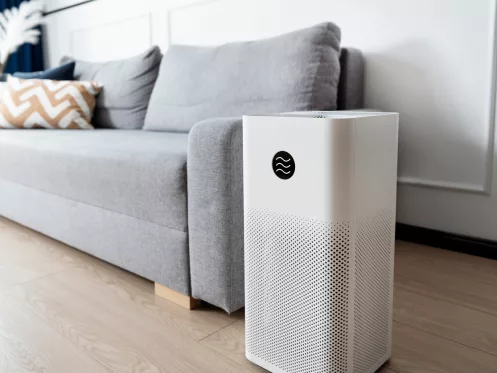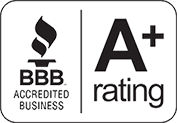As the world becomes more conscious of health and wellness, ensuring the quality of the air we breathe has become paramount. This is especially true when it comes to the air inside our homes. Indoor air pollution can be a significant concern, impacting our respiratory health and overall well-being. Thankfully, with the advancement of technology, we now have a valuable ally in the quest for cleaner air – the air purifier. In this blog post, we’ll delve into the magic behind these devices and discover how they work to provide fresher, healthier indoor air.
Understanding the Basics
Air purifiers, also known as air cleaners, are electronic appliances designed to remove contaminants from the air within a confined space. These pollutants can range from common allergens like dust, pollen, and pet dander to volatile organic compounds (VOCs), bacteria, and even odors. By improving indoor air quality, air purifiers play a crucial role in reducing respiratory problems and allergies while creating a healthier living environment.
Filtration Technology
The heart of an air purifier lies in its filtration system. There are several types of filters used in air purifiers, each designed to target specific pollutants. The most common filter types are:
High-Efficiency Particulate Air (HEPA) Filters: HEPA filters are highly effective at capturing airborne particles as small as 0.3 microns in size. This includes allergens like pollen, dust mites, and mold spores. HEPA filters are widely regarded as the gold standard in air purification.
Activated Carbon Filters: These filters excel at eliminating odors, smoke, and harmful gasses. Activated carbon has a porous structure that can trap and absorb these molecules, neutralizing unpleasant smells and potentially harmful chemicals.
Ultraviolet (UV) Filters: UV filters utilize ultraviolet light to destroy harmful microorganisms like bacteria and viruses, preventing them from recirculating back into the air.
The Purification Process
The air purification process typically involves several stages, each targeting different pollutants. As air is drawn into the purifier, it passes through the pre-filter, which captures larger particles like dust and hair, thus protecting the main filters from clogging.
Next, the air moves through the HEPA filter, where tiny particles are trapped, effectively purifying the air. Simultaneously, the activated carbon filter works to neutralize any odors or harmful gasses present.
Some air purifiers also incorporate an optional ionization stage. During this phase, negatively charged ions are released into the air, attaching themselves to airborne particles. The charged particles become heavier and settle on surfaces, making it easier for the air purifier or your HVAC system’s filters to capture them.
UV filters, if present, come into action at the final stage. The UV light damages the DNA of bacteria and viruses, rendering them unable to reproduce and thus eradicating their threat.
Maintenance and Efficiency
To ensure optimal performance, regular maintenance of your air purifier is essential. This involves replacing filters as recommended by the manufacturer and keeping the unit clean to prevent the growth of mold or bacteria. Well-maintained air purifiers operate more efficiently, maintaining healthier indoor air quality.
Conclusion: How an Air Purifier Works
Air purifiers are ingenious devices that work tirelessly to improve the quality of the air we breathe indoors. By employing advanced filtration technologies, these appliances effectively eliminate a wide range of pollutants, from allergens to harmful gasses, leaving us with fresher, healthier air to enjoy. If you’re looking to enhance the air quality in your home or office, investing in a high-quality air purifier can be a game-changer for your respiratory health and overall well-being. So take a deep breath and let your air purifier do its magic!
Ready to learn more about adding an air purifier to your home? Contact our Sierra Air Conditioning and Plumbing team today.





